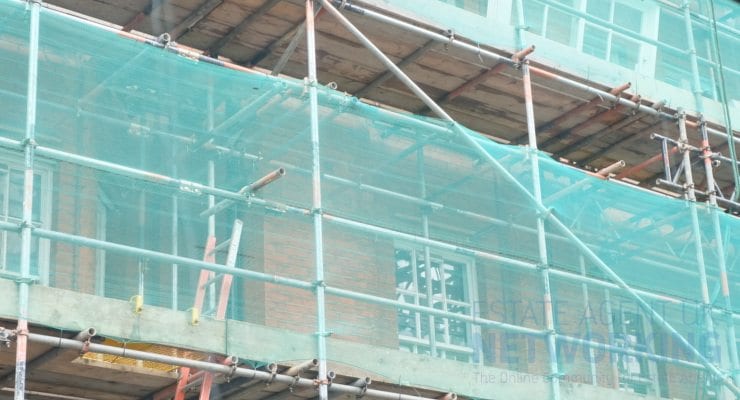Why every self respecting householder should own a scaffold tower
You’d be hard pressed to find a home owner who doesn’t own a ladder. After all, it’s one of those DIY essentials that every home should have. But a scaffold tower? Isn’t that something only builders use? In fact, scaffold towers are often a much safer option than working with ladders, so much so that their popularity among DIYers has soared over recent years.
And once you fully understand the benefits of using a scaffold towers in and around your home, you’ll be wondering how you ever managed without one.
- Versatility
One of the great things about using a scaffold tower is the flexibility they offer. Use one inside the house or in the garden as the perfect access solution that’s both safe and convenient – because we all know that working off a ladder is neither.
Unless the job involves anything other than a quick up and down, a tower provides a safe platform for working at height, especially for longer periods. Whether you’re painting a bedroom ceiling, trimming the garden hedge or putting up Christmas decorations, a scaffold tower is adjustable to various platform heights while there’s plenty of space to move around without fear of slipping or falling.
If you’re thinking of the big, bulky metal industrial structures of old, you’re woefully out of touch. These days, there’s a wide choice of scaffold towers available in all types and sizes and for all kinds of jobs around the home.
Lightweight materials make DIY towers easy to move around and assemble – in most cases you won’t even need an extra pair of hands to help you put up and position your tower. High quality multi purpose DIY towers typically feature tilt and glide wheels that make it easier to move them around.
Quick release clamps make it quick and convenient to dismantle the tower, while home storage restrictions have been fully considered in the design, meaning it won’t take up a lot of room.
- Safety
Made from aluminium, metal framed won’t deteriorate even it in storage for long periods. The platform is typically made of tough marine plywood with a non-slip surface.
Of course, like their industrial counterparts, DIY scaffold towers are built to provide maximum safety. In addition to non-slip surfaces, look out for towers with additional safety features including strong welded frames, braces, handrails and easy grip stabiliser bars.
For your ultimate peace of mind, look for scaffold towers from ISO 9001 registered manufacturers and ensure that the product complies with Quality Standard BS EN 1004.
For your own safety, you should always follow the instructions provided by the manufacturer, but as a summary here’s some essential safety advice:
- Your scaffold tower is level and always on firm ground. The castor wheels should be locked and base plates properly supported, so the tower cannot wobble or move, while any stabilisers or outriggers must be installed properly.
- No parts are missing, all instructions have been carefully followed and manufacturers’ limits, particularly in terms of height or weight, are not exceeded. Make sure that your scaffold tower is not in use in strong winds.
- When moving the tower, check for cables and overhead obstructions. Never move the tower while any person or equipment is still on the platform, and ensure that the tower height is reduced before the structure is moved.
- Cost
Finally, you’ll be surprised how and investment into a scaffold tower for your home and garden will pay for itself sooner than you think. Not only will it allow you to do all those jobs that are, frankly, dangerous on a ladder – such as cleaning windows, pruning trees or decorating the stairwell – it will save you the cost of having to get a professional in.
Compared to hiring a scaffold tower for specific jobs, such as annual gutter cleaning, the decision to buy your own means you’ve got the right equipment whenever you need it and finding the right one can be as simple as searching for scaffold towers for sale in your local area. The best thing is you will be able to recoup the purchase price after only a couple of home/garden jobs.









